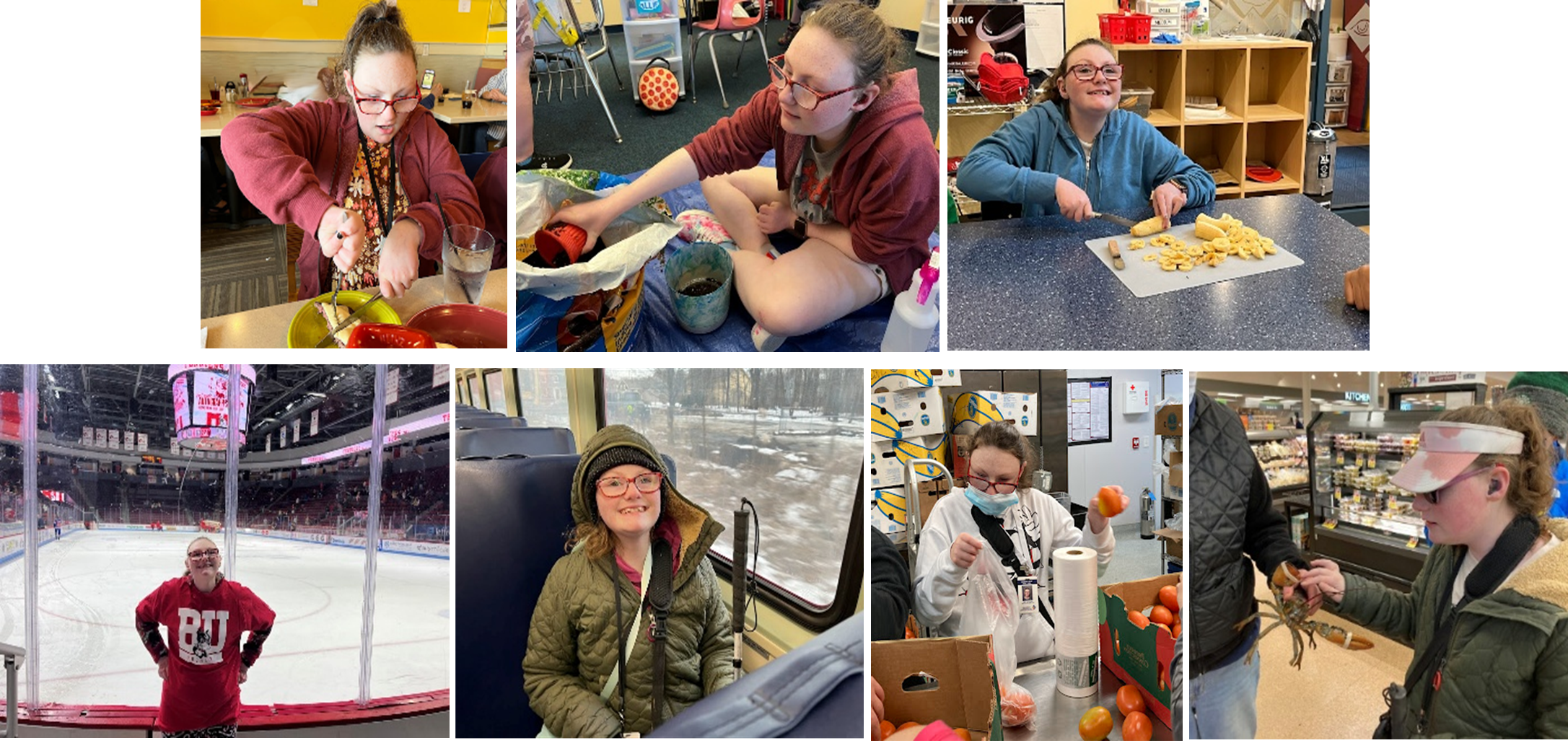Person-Centered Planning
Person-centered planning is focused on learning about the whole person, which is separate from defining deficits and needed services (Zatta & McGinnity, 2016, p. 482).
Meaningful life planning for children and youth who are deafblind can be achieved by focusing on their strengths and capabilities. That is at the heart of person-centered planning.
Person-centered planning is a problem-solving process in which a team of personal advocates works with an individual who has a disability to identify their unique preferences, talents, opportunities, and obstacles, and creates a plan for their future success and quality of life. The planning team is a support system composed of those who want to help the individual succeed—for example, family members, health professionals, educators, and friends.
Learning the person-centered planning process will help you better support children and youth who are deafblind in developing a stronger sense of self-determination and control over their lives as they transition from high school to adult life and participate in their communities.

Introductory Resources
Learn More
Assessment Using Person-Centered Planning for Students who are Deafblind
Washington DeafBlind Program Webinar
Person-Centered Transition Planning
Perkins School for the Blind Webinar
Using Person Centered Planning to Prepare for the Future
California Deafblind Services Webinar
References
Zatta, M., & McGinnity, B. (2016). An overview of transition planning for students who are deafblind. American Annals of the Deaf, 161(4), 474-485.
KEEP EXPLORING